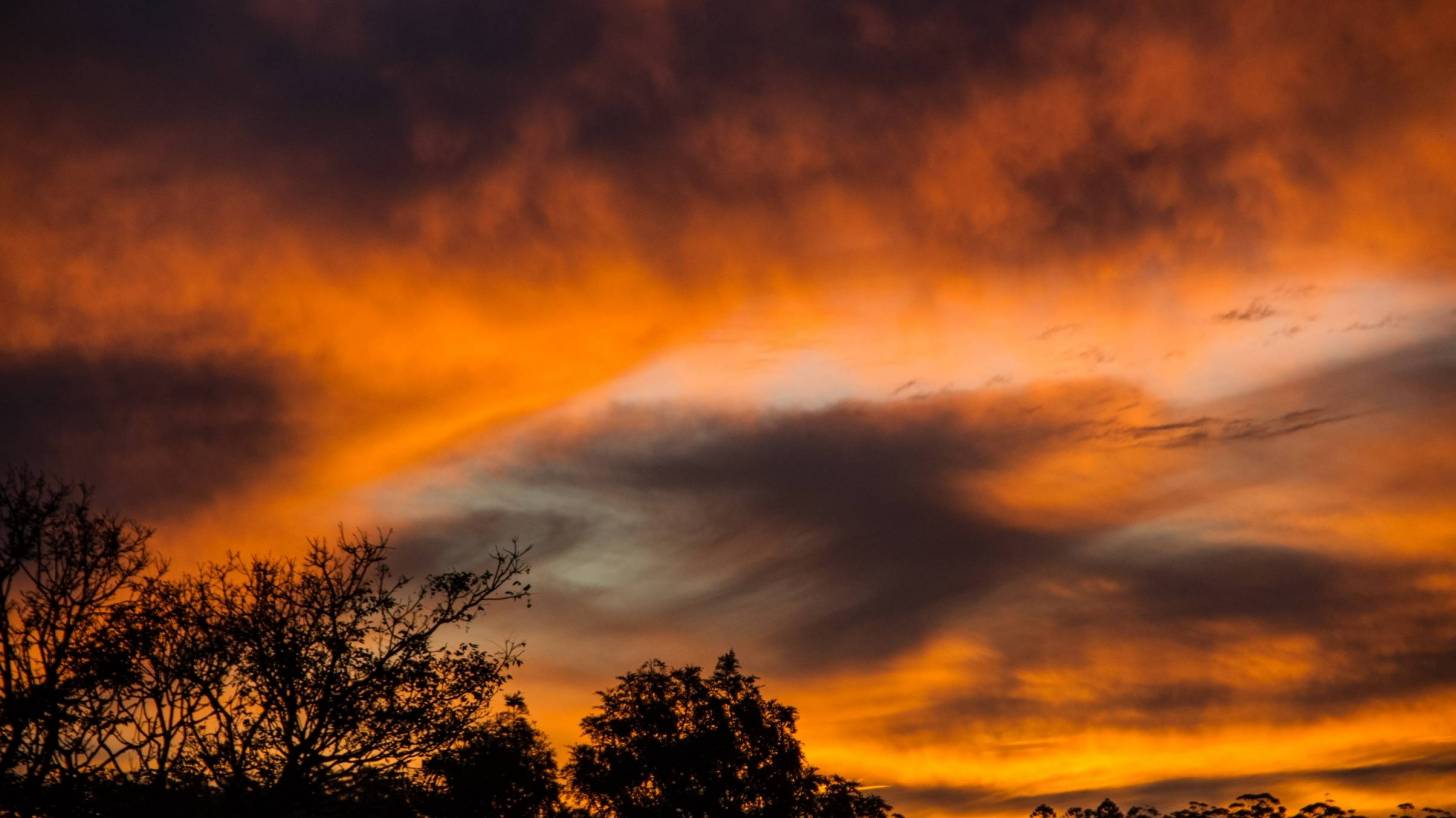Summer is Fading in the Southern Hemisphere, But Flu Is Slowly Increasing

As the 2018 winter season starts in the southern hemisphere, influenza activity is increasing but remained below the seasonal thresholds in most countries.
Worldwide, seasonal influenza subtypes A and B accounted for approximately the same proportion of influenza detections, reported the World Health Organization (WHO).
The National Influenza Centres and other national influenza laboratories from 93 countries, areas or territories reported data to FluNet for April 30, 2018, to May 13, 2018.
Their report disclosed about 6 percent of the tested 80,749 specimens were positive for influenza viruses, of which:
- 58% were typed as influenza A,
- 42% as influenza B.
Of the sub-typed influenza A viruses tested, they reported:
- 62.4% were influenza A(H1N1)pdm09,
- 37.6% were influenza A(H3N2).
Of the characterized B viruses tested:
- 85% belonged to the B-Yamagata lineage,
- 15% to the B-Victoria lineage.
For people traveling to the Southern Hemisphere who have not been appropriately protected from these viruses, vaccination services are available at most USA pharmacies.
These pharmacies offer several FDA approved flu vaccines.
International travelers can easily make pre-departure vaccination appointments at a local pharmacy by visiting this page.
The CDC Vaccine Price List provides the private sector prices for general information.
Flu vaccine discounts can be found here.
Vaccines, like any medicine, can have side effects, says the CDC. You are encouraged to report negative side effects of vaccines to the FDA or CDC.
Our Trust Standards: Medical Advisory Committee

























